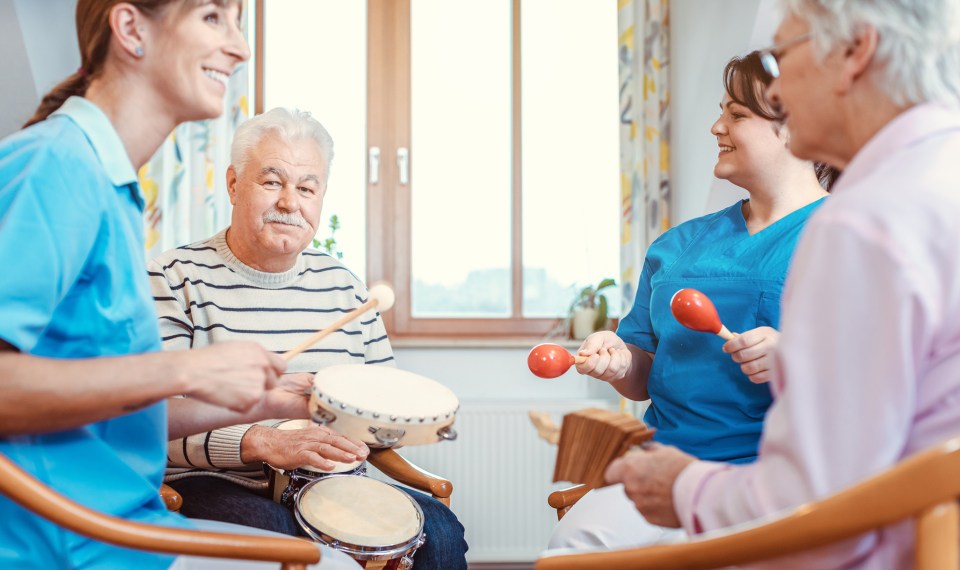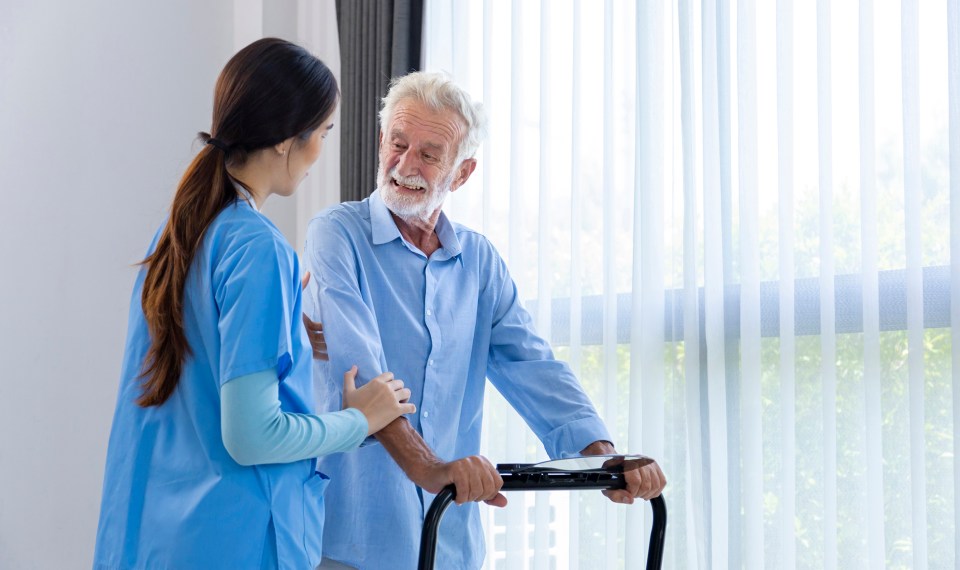Stroke treatment requires effective rehabilitation strategies for optimal recovery. While conventional approaches focus on physical therapy and pharmacological interventions, emerging research indicates that incorporating enriched environments, which encompasses elements such as sunlight, music, meditation, and more, can significantly enhance neurorecovery and promote neuroplasticity following a stroke.
Understanding Neurorecovery and Neuroplasticity
Neurorecovery involves the brain’s capacity to regain function after a traumatic or nontraumatic injury, such as a stroke. Neuroplasticity plays a central role in this recovery and refers to the brain’s ability to reorganize and form new neural connections, facilitating rehabilitation and compensatory processes following stroke-induced damage.
Scientific Support for Enriched Environments
Numerous studies have investigated the impact of enriched environments on neurorecovery and neuroplasticity after stroke. Some key findings include:
- Sunlight: Sunlight exposure is a primary means of obtaining vitamin D, which plays a critical role in brain function. Adequate levels of vitamin D have been associated with improved mood and reduced risk of depression and anxiety commonly seen in people recovering from stroke. Exposure to sunlight helps the body produce sufficient vitamin D, which promotes better mental well-being. Regular exposure to natural sunlight, especially in the morning, helps synchronize the circadian rhythm, our internal timing system that influences various physiological processes, leading to better sleep quality and improved mood (Taniguchi, 2022).
- Music: Music therapy offers several significant benefits to stroke survivors. It improves dysphagia, a common complication of stroke that affects swallowing and can lead to serious complications. Studies have shown that music therapy sessions can enhance speech-motor coordination, resulting in improved phonation, articulation, and resonance. Music therapy also promotes the recovery of motor function post-stroke. Playing music with strong rhythms can excite motor neurons, leading to natural and ideal muscle movements. This therapy has been shown to enhance finger movements, upper extremity function, and gait, aiding in motor rehabilitation. Music therapy attenuates aphasia post-stroke, utilizing techniques like melodic intonation therapy, which leverages the overlap between brain regions activated during speech and singing. By stimulating damaged language areas, it helps recover language function. Finally, music therapy enhances cognitive recovery post-stroke, improving memory, attention, emotional processing, and mood. Music interventions can be tailored to the specific cognitive needs of the patient, offering a valuable therapeutic approach to support their recovery (Xu, 2022).
- Meditation: Mindfulness and acceptance-based interventions could produce positive effects on psychological well-being by reducing symptoms of anxiety and depression and enhancing overall quality of life for those with stroke. Incorporating mindfulness and acceptance-based techniques into rehabilitation programs can offer a comprehensive and patient-centered approach to support them in their recovery, promoting their overall well-being and quality of life (Han, 2021).
- Sensory Stimulation: Systematic and intensive multisensory visual-auditory stimulation could improve spatial orientation and visual perception in patients with unilateral spatial neglect. Multisensory stimulation can facilitate he detection of neglected visual stimuli, leading to improvements in clinical psychometric tests and everyday life situations. (Zigiotto, 2020).
- Social Interaction: There is significant evidence that supports the positive impact of social interaction on post-stroke recovery. Living with a healthy partner shows enhanced benefits compared with housing with a partner also recovering from stroke, suggesting the importance of the partner’s health in the recovery process. Evidence shows the potential therapeutic value of social interaction in stroke rehabilitation and calls for further exploration of its translation into clinical practice, emphasizing the significance of social support in improving patient outcomes (Venna, 2014).
Implementing Enriched Environments in Stroke Rehabilitation
Multidisciplinary collaboration among health care professionals is crucial for effectively implementing enriched environments in stroke rehabilitation.
Physical and occupational therapists, psychologists, and music and art therapists can design individualized rehabilitation programs incorporating the various elements of enrichment.
Family members and caregivers play a vital role in creating a supportive environment in the inpatient setting and at home.
Through the integration of elements like sunlight, music, meditation, and sensory stimulation, individuals recovering from stroke can experience improved motor function, enhanced cognitive abilities, increased social interaction, and overall well-being. As research continues to advance in this field, the integration of enriched environments into standard stroke rehabilitation protocols holds promise for optimizing recovery outcomes and enhancing the quality of life for stroke survivors.
References
Han, A. (2021). Mindfulness- and acceptance-based interventions for stroke survivors: A systematic review and meta-analysis. Rehabilitation Counseling Bulletin.
Taniguchi, K., Takano, M., Tobari, Y., Hayano, M., Nakajima, S., Mimura, M., Tsubota, K., & Noda, Y. (2022). Influence of external natural environment including Sunshine Exposure on Public Mental Health: A Systematic Review. Psychiatry International.
Venna, V. R., Xu, Y., Doran, S. J., Patrizz, A., & McCullough, L. D. (2014). Social Interaction plays a critical role in neurogenesis and recovery after stroke. Translational Psychiatry.
Xu, C., He, Z., Shen, Z., & Huang, F. (2022). Potential benefits of music therapy on stroke rehabilitation. Oxidative Medicine and Cellular Longevity.
Zigiotto, L., Damora, A., Albini, F., Casati, C., Scrocco, G., Mancuso, M., Tesio, L., Vallar, G., & Bolognini, N. (2020). Multisensory stimulation for the rehabilitation of unilateral spatial neglect. Neuropsychological Rehabilitation.
The content of this site is for informational purposes only and should not be taken as professional medical advice. Always seek the advice of your physician or other qualified healthcare provider with any questions you may have regarding any medical conditions or treatments.



